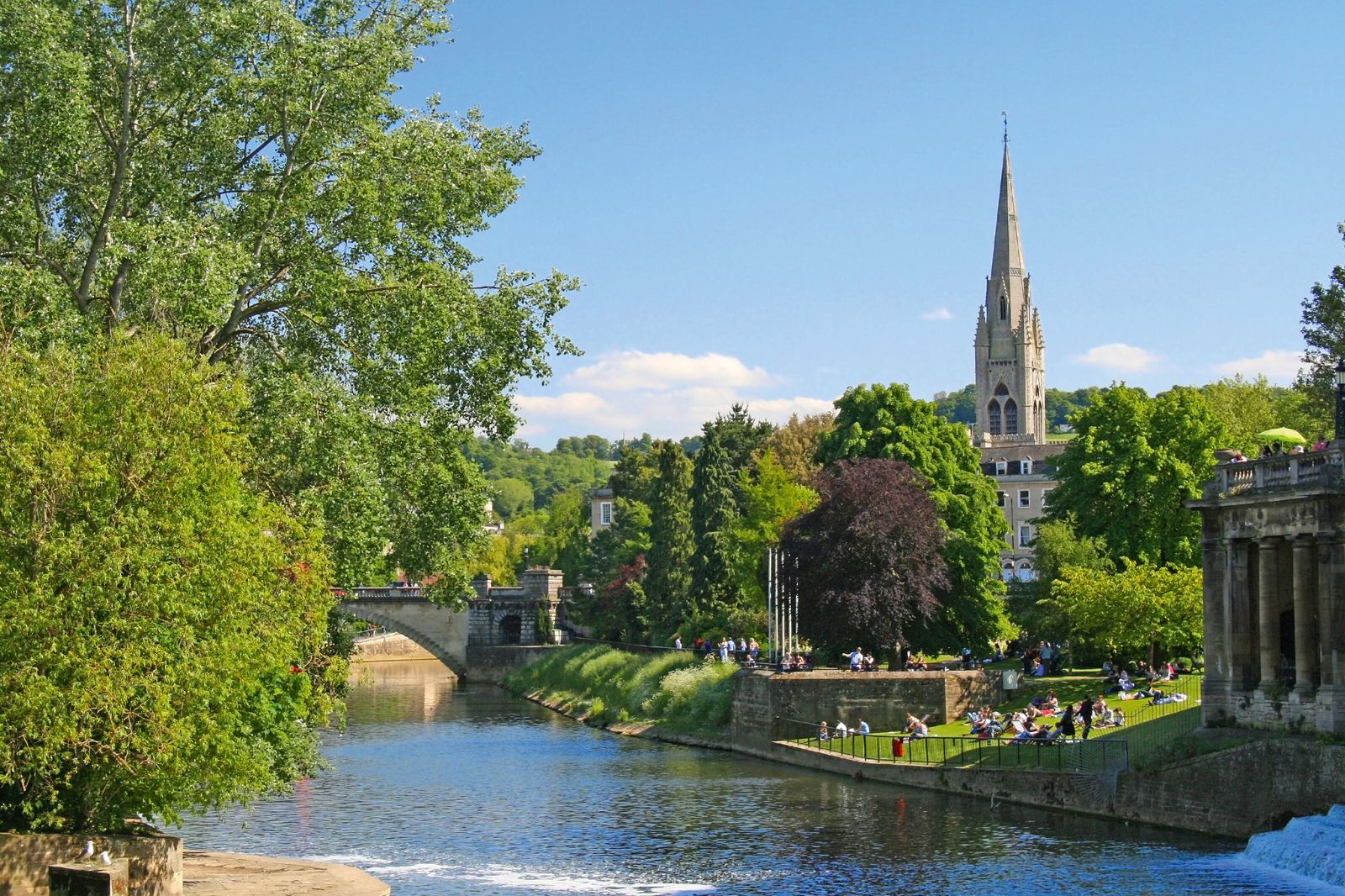It’s the history that draws most visitors to Bath, be it the city’s Roman origins or the gold-hued neoclassical buildings that emerged in the Georgian era. But if you’ve seen the Roman Baths, Bath Abbey and the Jane Austen Center and immersed yourself in the Thermae Bath Spa, or if you’re looking for a different Bathonian experience, it’s worth spending time outside of the main attractions. Bath is special not only because it is the only city in the UK to be designated a World Heritage Site in its entirety, but also because of its proudly independent shops, quality food products and the way it draws in the surrounding hills and countryside. And, thanks to its river and canal, it is a city that also offers aquatic pleasures.
A tour of Bath’s lesser-known attractions could begin in the city center. Botanical Garden, created in 1887. Here, The Coffee Cart sells refreshments among sprawling branches of magnolias. Adjacent to the gardens, in the northwest corner of Royal Victoria Park, the Great Dell has a walkway between large redwoods and conifers. Nearby, behind the sweeping arch of the Royal Crescent, is Margaret’s Buildings, a quaint parade of shopping that’s well worth your time: explore Gallery Nine for jewelry, pottery and art, then step back in time at Berdoulat, which sells wine, tea , spices and furniture. The 19th century wooden counters have been lavishly restored by the interior designer owners. Also worth investigating is the majestic expanse of adjoining Camden Cresent and Lansdown Cresent, which has stunning views of the city.
.

